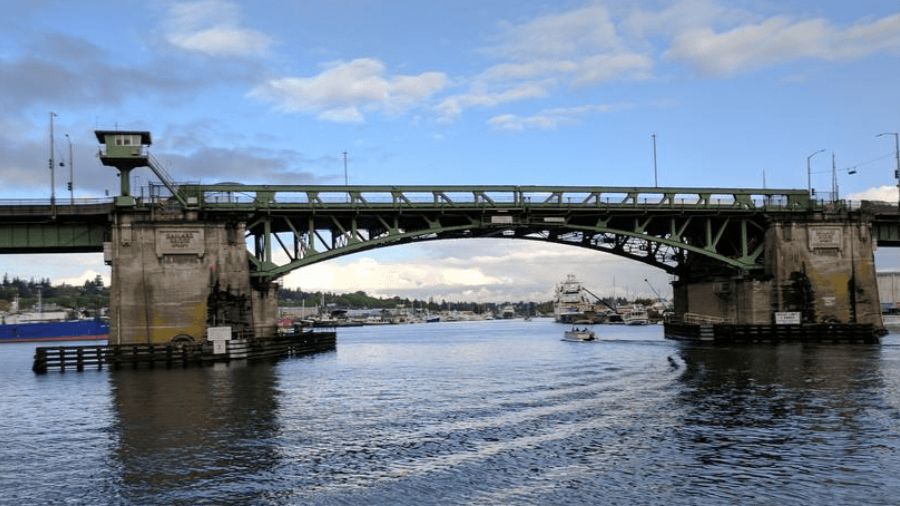Accessibility issues addressed with Seattle’s newest RapidRide service
Oct 17, 2024, 6:00 AM | Updated: 9:22 am

The RapidRide G Line. (Photo courtesy of SDOT via Flickr Creative Commons)
(Photo courtesy of SDOT via Flickr Creative Commons)
The , which provides rapid bus service from the Central District to Madison Valley, opened in September. It’s the first bus line in Seattle with island platforms and those platforms are too tall for wheelchair access, as they are a fraction of an inch over the height to meet Americans with Disabilities Act (ADA) guidelines.
This is the first time the Seattle Department of Transportation (SDOT) said it has seen this type of issue.
“This is the only bus line in Seattle that has this exact kind of center island,” SDOT spokesperson Ethan Bergerson told ����Xվ Newsradio on Wednesday. “So this very specific issue of the center island being a fraction of an inch off, that’s not something that’s come up before, because it is a challenging situation, it’s the very first of these we’ve built.”
More traffic: Tolling increases are generating big money for WA
The ramp issue was known before service began and a temporary fix was put in place when service started.
“When King County Metro was doing the operational testing before the service began, they realized that in order to make the ADA ramps operate smoothly, it helped to have a metal plate on the ground to raise the bus up a fraction of an inch,” Bergerson explained. “That was an effective short-term solution, which we put into place before service began.”
Therefore, the ADA ramps have been working correctly since bus service began. It’s not urgent right now, but a permanent fix will be needed eventually. Some of the options include raising the pneumatic shocks on busses a fraction of an inch, adjusting the curb height or adding a fraction of an inch of curbside pavement.
As first , the bus shelters along routes are also causing problems for the city. All 25 of them are being taken out and refurbished with welding, paint and sealant.
“So, when King County Metro was doing their inspections of everything we built, they discovered there’s an opportunity to add another layer of thicker paint and do some resealing work to better keep out moisture from the bus shelters,” Bergerson said. “It’s going to reduce the long-term maintenance needs if we can better keep moisture out and reduce the risk of rust.”
The issue is really more of an inconvenience and there is no risk to the public. Bergerson downplayed any major problem or concern.
“It is very normal to have a complicated project like this, when we do all the inspections of everything we built and identify issues that require some finishing touches,” he said.
The lessons learned from the G Line service will prove to be valuable on the RapidRide lines that follow. This is the eighth rapid bus line in the city and four more are planned.
Violent downtown car crash kills 2: ‘One of the worst collisions I’ve seen’
As for service on the new line, Bergerson said there’s only been one big complaint from riders so far.
“In the first few weeks when service began, we heard a lot about the signal timing, and we heard a lot about things like the busses bunching up,” he said. “So we’re going to continue to fine-tune the traffic signals, for example, and that’s something we’re going to be watching for a while.”
Over the next few months, SDOT will be refurbishing the bus shelters, a couple at a time, and will need to remove them. There is no timeline for a permanent fix to the ADA ramp issues.
Nate Connors is a traffic reporter for ����Xվ Newsradio. You can read more of Nate’s stories here. Follow Nate on and email him here.�� to follow ����Xվ Newsradio Traffic’s profile on X.












